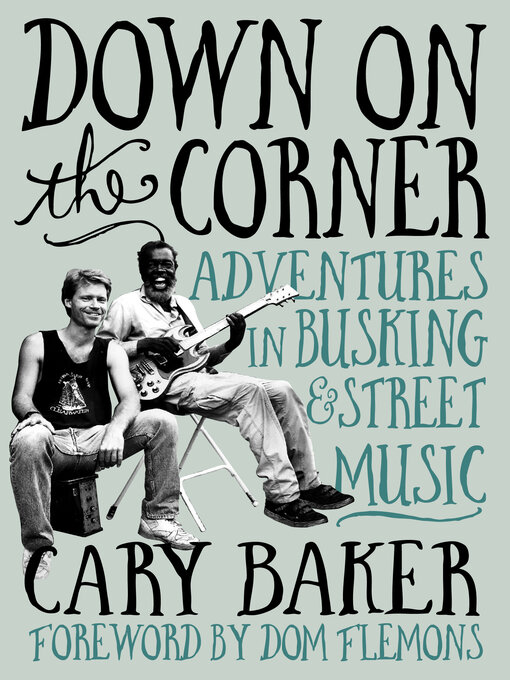Down On The Corner is the story of music performed on the streets, in subways, in parks, in schoolyards, on the back of flatbed trucks, and beyond, from the 1920s to the present day.
One day around 1970, my father announced to me that he'd like to take me to Maxwell Street Market, an open-air flea market adjacent to Downtown Chicago. He wanted to show me where his parents used to take him shopping as a child. When he parked his car in the University Of Illinois lot, the first thing I heard, long before I could see where it was coming from, was the sound of a slide guitar—not just any guitar but a National steel resonator guitar. We followed the music and found ourselves standing on the west side of Halsted Street, midway between Roosevelt and Maxwell, where Blind Arvella Gray was playing the folk/blues song 'John Henry'—a song that seemed to have no beginning and no end. Sensing that his audience was generally passing by rather than gathering around, Gray kept playing that one song for his entire shift. He'd even altered the lyrics to refer to the local streets. In that moment, I developed a lifelong affinity for the informality, spontaneity, and audience participation of busking.
Drawing on years of interviews and eyewitness accounts, Down On The Corner introduces readers to a wide range of locations and a myriad of musical genres, from folk to rock'n'roll, the blues to bluegrass, doo-wop to indie rock. Some of the performers he features—Lucinda Williams, Billy Bragg, The Violent Femmes—went on to become international stars; others settled into the curbs, sidewalks, and Tube stations as their workplace for the duration of their careers. Anyone who has lived in or travelled through a city will have encountered street musicians of one kind or another. For the first time, veteran journalist and music-industry publicist Cary Baker tells the complete history of these musicians and the music they play, from tin cups and toonies to QR codes and PayPal.

